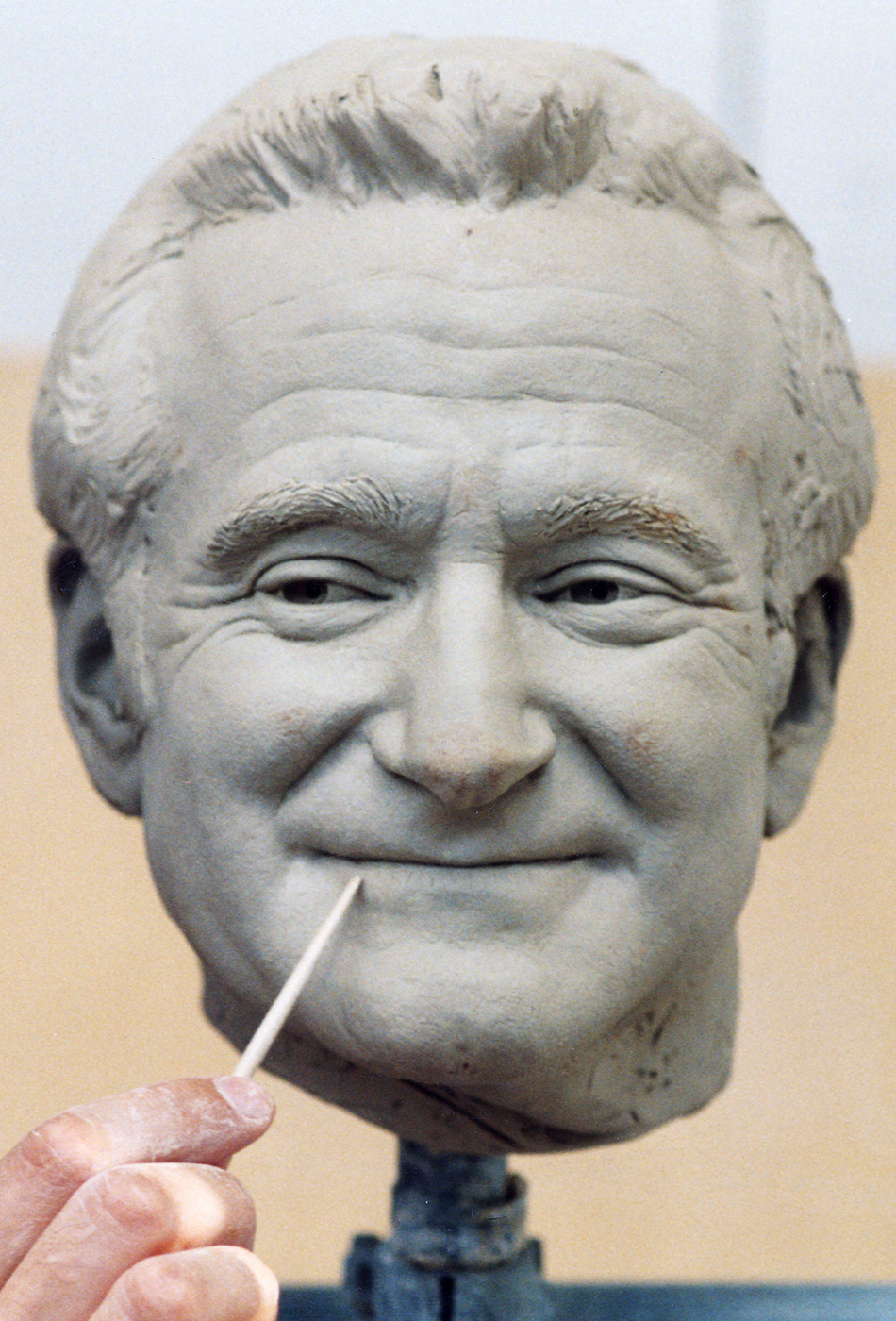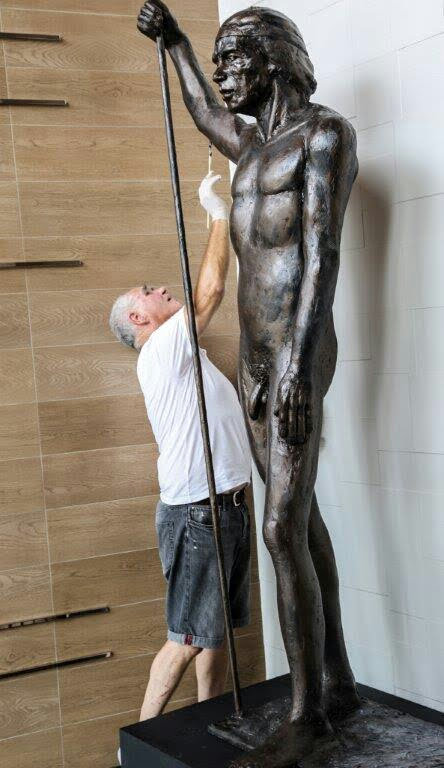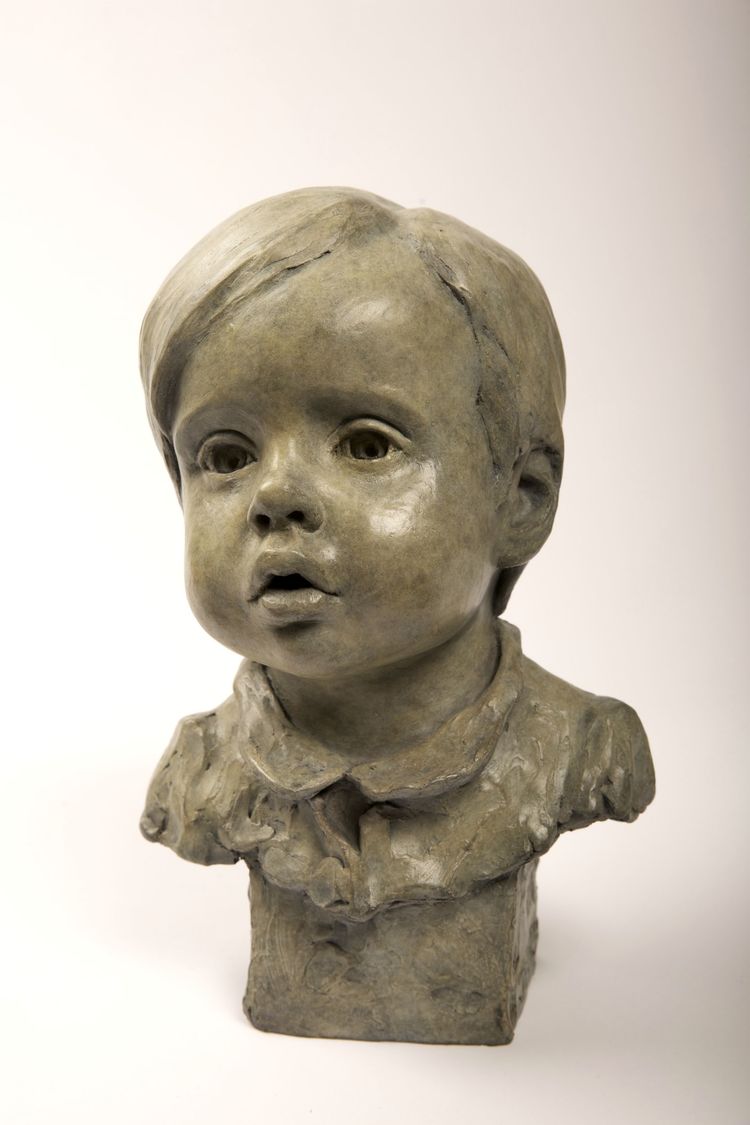Portrait Sculptor: Capturing Essence in Three Dimensions
Wiki Article
The Impact of Nature in Sculpture Art
The influence of nature in sculpture art is a topic that has captivated musicians throughout history. Importance of natural aspects is an additional method in which nature affects sculpture, as artists imbue their creations with the significance and associations integral in these aspects - Portrait Sculptor. Inevitably, sculpture art has the power to catch the transience of nature, freezing a moment in time and enabling us to appreciate its charm in all time.Organic Shapes and forms
Organic forms and kinds, influenced by the harmonious structures and intricate patterns found in nature, play a pivotal role in the world of sculpture art. Artists have actually long been mesmerized by the charm and complexity of the environment, discovering motivation in the graceful contours of a seashell, the fragile petals of a flower, or the turning branches of a tree. By copying and abstracting these organic kinds, musicians are able to create sculptures that stimulate a feeling of harmony and equilibrium.Among the reasons organic kinds and shapes are so prevalent in sculpture art is their ability to attach with visitors on a deep emotional level. The environment knows to us all, and when we see these forms stood for in art, it generates a sense of convenience and recognition. It advises us of our location in the grand plan of things and permits us to get in touch with something higher than ourselves.
In addition, organic kinds and shapes in sculpture art frequently personify a feeling of activity and energy. The moving lines and dynamic make-ups simulate the constant movement and development discovered in nature. This creates a sense of vigor and brings sculptures to life, making them appear as if they can remain to advance and change prior to our eyes.
Texture and Material Expedition
A significant facet of sculpture art influenced by nature is the expedition of structure and materials through using numerous strategies and mediums. Musicians usually attract inspiration from the varied appearances discovered in the environment, such as the rough bark of a tree, the smooth surface area of a stone, or the elaborate patterns on a fallen leave. By including these textures into their job, artists can create a tactile experience for visitors, inviting them to engage with the artwork on a sensory level.Appearance can be achieved in sculpture through a range of techniques. Some musicians pick to carve or sculpt straight into the chosen material, producing a three-dimensional surface area that resembles the textures found in nature. Others may utilize methods such as molding or casting to catch the information of natural appearances. Additionally, artists may try out different materials, such as wood, clay, metal, or rock, each offering its own unique texture and visual appeal.
Product expedition is also a considerable component of sculpture art influenced by nature. Artists might venture right into undiscovered territory, choosing brand-new products that stimulate the significance of the natural world. They might include natural elements like branches, leaves, or also soil right into their sculptures, obscuring the boundaries between art and the environment. By pushing the limits of standard products and methods, artists can develop conceptually rich and aesthetically stunning jobs that commemorate the elegance and variety of nature.
Significance of Natural Environments
The incorporation of all-natural components in sculpture art includes a layer of significance and depth to the art work. By making use of products discovered in nature, sculptors are able to imbue their productions with definition that resonates with audiences on an extensive degree. Natural environments such as timber, rock, and plants have been used throughout background to communicate various symbolic messages.Timber, for instance, typically represents stamina, resilience, and development. Sculptures crafted from this product can evoke a feeling of connection to the planet and the cycles of life. Stone, on the various other hand, is commonly connected with durability and endurance. Sculptures carved from rock can symbolize the timeless nature of particular ideas or principles.
Flowers and plants are additionally frequently included into sculpture art, standing for motifs of appeal, renewal, and growth. The fragile petals and vivid shades of flowers can stimulate feelings of happiness, while the linking branches of plants can symbolize interconnectedness and unity.
In enhancement to these all-natural materials, carvers might additionally utilize natural environments such as wind, fire, or water to even more enhance the symbolic message of their artwork. These aspects can stand for the transformative power of nature, the flow of time, or the forces that shape our world.

Reflections of the Setting
Reflections of the Atmosphere can be seen in sculpture art via the consolidation of all-natural elements and the portrayal of eco-friendly themes. Carvers often draw ideas from the environment, utilizing products such as timber, stone, or even recycled products to develop their artworks. By utilizing these all-natural components, they not only admire the setting yet also produce a more powerful link in between the artwork and its surroundings.In addition to the products made use of, sculpture art additionally reflects the environment with the representation of eco-friendly motifs. Many sculptors select to illustrate pets, plants, or landscapes in their job, highlighting the elegance and fragility of the environment. These sculptures function as tips of the relevance of maintaining our setting and the need for sustainable practices.

Additionally, environmental sculptures typically intend to elevate recognition regarding pressing ecological issues. They offer as graphes of the effect of human activities on the environment, such as logging, climate, or pollution change. By showing these issues in their art work, artists intend to motivate visitors to act and come to be more aware of their very view publisher site own environmental footprint.
Recording the Transience of Nature
Sculpture artists further discover the influence of nature by masterfully catching the ephemeral and ever-changing facets of the natural globe. With their artistry, these artists intend to illustrate the fleeting appeal and transience of nature, evoking a feeling of wonder and reflection in audiences.One means in which sculpture artists record the transience of nature is by utilizing products that are themselves subject to degeneration and change. Musicians may select to function with organic materials such as fallen leaves, blossoms, or wood, which normally wear away over time. This purposeful selection highlights the impermanence of nature and reminds us of the unpreventable cycle of life and death.
Furthermore, sculpture musicians frequently utilize strategies that develop a feeling of movement and fluidity in their job. By including flowing lines and dynamic types, they share the ever-changing nature of the natural world. This can be seen in sculptures influenced by wind, water, or the development of plants, where the musician looks for to capture the essence of continuous activity and makeover.
Additionally, some artists select to develop site-specific or temporary installations that communicate with the atmosphere. These ephemeral sculptures, made from products such as sand, light, or ice, are purposefully made to gradually change or disappear over time. By welcoming the short-term nature of their developments, musicians welcome customers to review the short lived appeal of the all-natural world and the impermanence of human existence.

Conclusion
In final thought, nature has an extensive impact on sculpture art. Via the use of organic types and shapes, musicians have the ability to stimulate a feeling of all-natural elegance and harmony. Texture and material expedition additionally enhance the link to nature, as musicians often integrate all-natural materials right into their sculptures. Significance of natural aspects includes deepness and implying to the art work, while representations of the environment capture the essence of nature. Ultimately, sculpture art records the transience of nature and celebrates its long lasting effect.
Symbolism of all-natural components is another means in which nature affects sculpture, as artists imbue their developments with the meaning and associations intrinsic in these elements.A considerable facet of sculpture art affected by nature is the exploration of structure and products via the use of different strategies and tools (Bronze Sculptures).Product expedition is additionally a significant part of sculpture art affected by nature.One means in which sculpture musicians capture the transience of nature is by utilizing materials that are themselves subject to decay and adjustment. Structure and material exploration further enhance the link to nature, as musicians often integrate all-natural materials into their sculptures
Report this wiki page